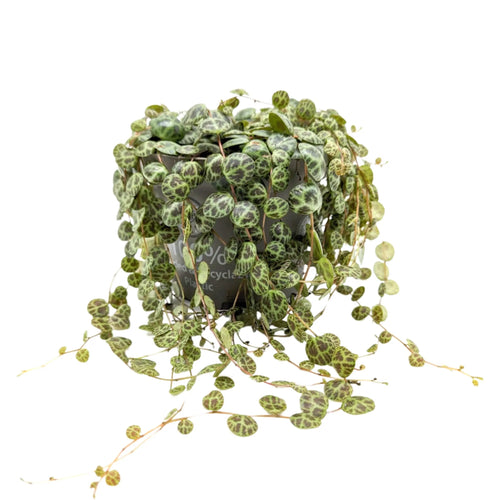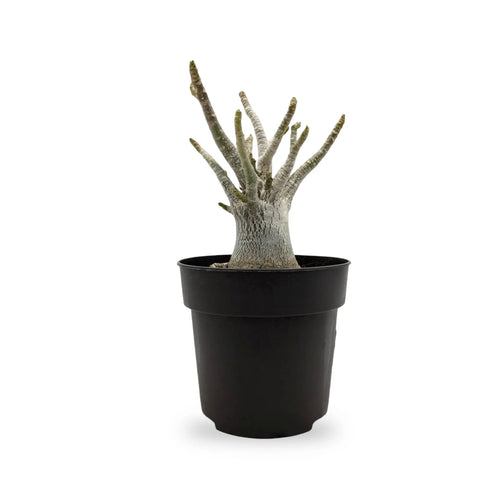The snake plant, also known as Sansevieria, is a popular houseplant for a reason. It's easy to care for, drought-tolerant, and can even help to improve indoor air quality. If you're new to houseplants, the snake plant is a great place to start.
Here are some tips for caring for your snake plant:
- Watering: Snake plants are drought-tolerant, so you don't need to water them very often. Allow the soil to dry out completely between waterings.
- Light: Snake plants can tolerate low light, but they will grow better in bright, indirect light.
- Soil: Snake plants prefer well-draining soil. A cactus mix or a succulent mix will work well.
- Fertiliser: Snake plants do not need to be fertilized very often. Fertilize them once a month during the growing season (spring and summer) with a balanced fertilizer.
- Pests and diseases: Snake plants are relatively resistant to pests and diseases. However, they can be susceptible to mealybugs and scale. If you see any pests, you can treat them with insecticidal soap or neem oil.
With proper care, your snake plant will thrive for many years to come.
How to Propagate Snake Plants
Snake plants are also easy to propagate. You can propagate them from leaf cuttings or from pups.
To propagate from a leaf cutting:
- Cut a healthy leaf from the mother plant. The leaf should be at least 6 inches long.
- Allow the cut end to callous over for a few days.
- Plant the leaf cutting in a pot of well-draining soil.
- Water the soil until it is moist, but not soggy.
- Place the pot in a bright, indirect light location.
- The leaf cutting should root in a few weeks.
To propagate from a pup:
- Wait until a pup has grown to at least 6 inches tall.
- Carefully remove the pup from the mother plant.
- Plant the pup in a pot of well-draining soil.
- Water the soil until it is moist, but not soggy.
- Place the pot in a bright, indirect light location.
- The pup should root in a few weeks.
With a little care and attention, you can easily propagate your own snake plants. These plants make great gifts for friends and family, or you can simply enjoy them in your own home.
Additional Benefits of Snake Plants
In addition to being easy to care for, snake plants also offer a number of other benefits. For example, they:
- Help to improve indoor air quality: Snake plants can help to remove toxins from the air.
- Are low-maintenance: Snake plants do not require a lot of care, making them a great choice for busy people or those who are new to houseplants.
- Are drought-tolerant: Snake plants can go for long periods of time without water, making them a great choice for people who forget to water their plants.
- Are resistant to pests and diseases: Snake plants are relatively resistant to pests and diseases, making them a low-maintenance plant.
- Are long-lived: Snake plants can live for many years, making them a great investment.
If you are looking for an easy-care, low-maintenance, and air-purifying houseplant, the snake plant is a great option. With proper care, your snake plant will thrive for many years to come.








